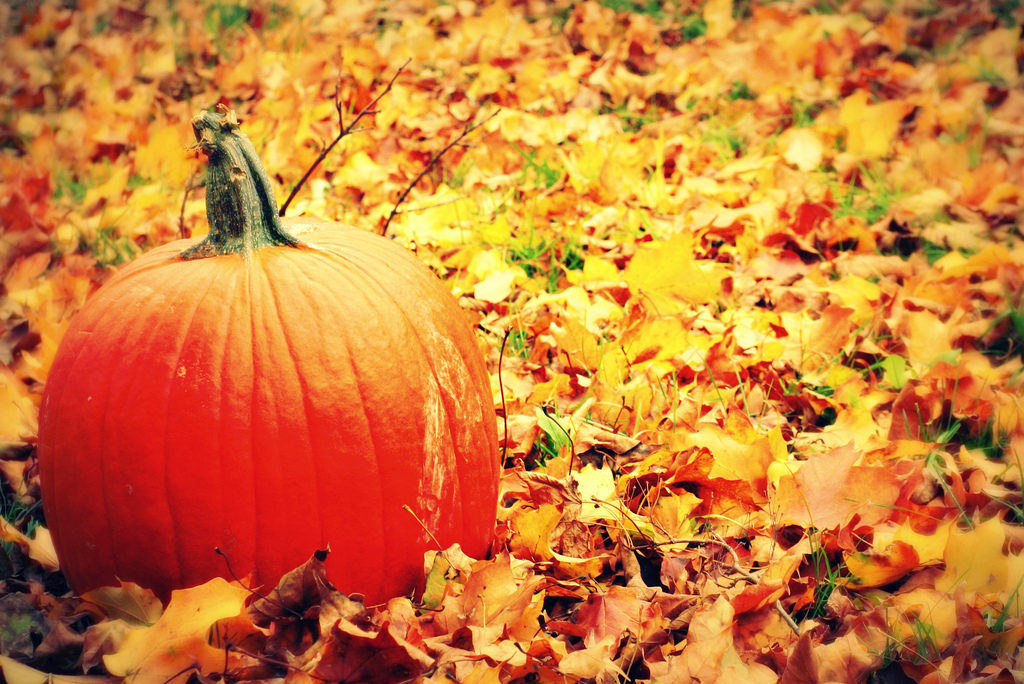
October Mold Allergens of the month: For our new entry of our Allergen of the Month series, we dive into the world of mold
The cooler fall weather in Rochester, NY that hits in October means warm drinks, falling leaves, and, unfortunately, a chance for mold. If you’re feeling irritation in your eyes, nose, throat, or lungs, they may be the culprit. For those with allergies or asthma, you may even find yourself with shortness of breath or an asthma attack. You can help prevent this from ruining your autumn by arming yourself with everything you need to know about this fall Mold allergens.
Fast facts by Craftsman Home Remodeling
• The most common indoor molds are Cladosporium, Penicillium, Aspergillus, and Alternaria
• Mold is a type of fungus, of which there are over 200,000 species
• Mold is usually categorized in three ways: allergenic, pathogenic, or toxigenic
Where to find it
Because mold comes in so many forms, it can live in various places throughout your house. Since we’ve already covered the basics in our piece on summer mold, we’ll dive into those more specific to fall.
What is one of the first things you think of with fall? For many, it’s the changing and then falling leaves. Mixed with moisture from morning dew or rainfall, fallen leaves can become a breeding ground for mold and fungi. Then, when you rake them, you are likely releasing fungal spores into the air.
Additionally, you should continue to be on the lookout for any places within your home that are prone to moisture, like the kitchen, bathroom, and basement.
How to prevent it
• Keep mold and spores from coming into your house by leaving your shoes outside, washing your clothes, and showering immediately after doing yardwork.
• Keep your gutters clean and ensure they are working properly, so water drains away from your home.
• Increase air circulation in your home. This can be done with fans, or simply by keeping the (internal) doors open.
• Use a HEPA air purifier, like Airmega. HEPA air purifiers trap 99.97 percent of particles in the air, which can reduce allergens in your home.
Share this Post
